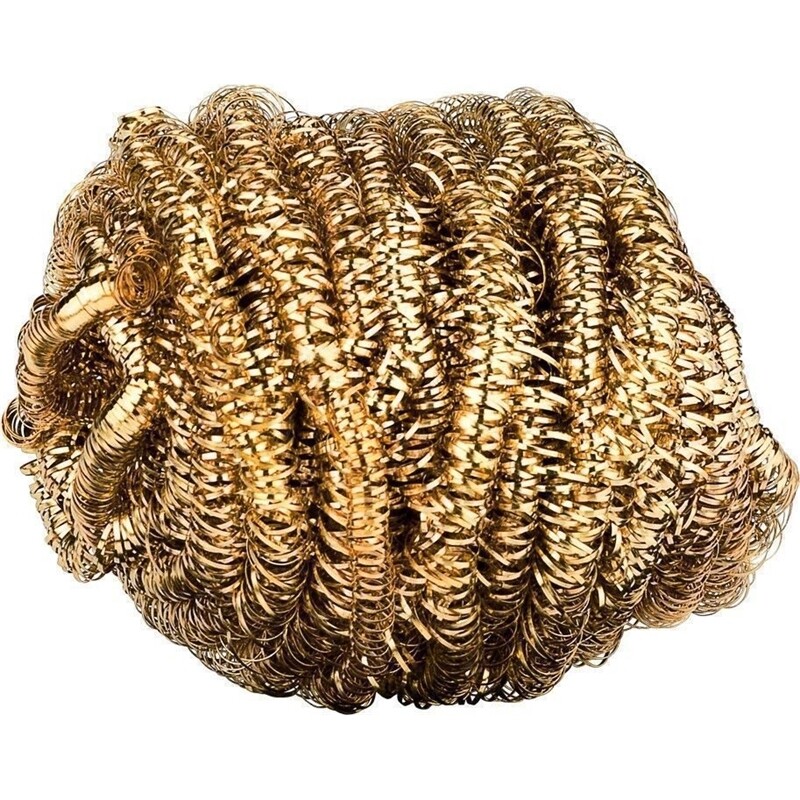So I am working on an Arduino project and have trouble communicating over UART.
I have a SIM7600G-H 4G Module from Waveshare and hooked it up to an Arduino Nano ESP32. The connections are as follows:
SIM7600<->Nano ESP32
TXD<->RX0
RXD<->TX0
VIN<->VUSB
GND<->GND
CTS<->D3
RTS<->D12
It mostly works, I can send AT commands and receive responds. However sometimes I only receive parts and chunks are missing or being send to the next command. I strongly suspect RSPs ("unsolicited result code") to be the reason behind it. As documented in the manual RSPs are being send without an implicit action and happens for example if the module receives a call or SMS.
I have read about hardware flow control which seems to theoretically solve the problem of those module talking over each other and have connected the CTS and RTS pins to generic digital pins. According the manual the SIM Module it has hardware flow control enabled as an default.
On the Arduino side of things I have added these lines in hopes of enabling it, however I do not see a change, they do not return any error but I still see data missing. I have also tried swapping CTS and RTS just for fun, but without any luck.
Serial0.setPins(-1,-1,12,3);
Serial0.setHwFlowCtrlMode(UART_HW_FLOWCTRL_CTS_RTS);
Here are the logs which shows some responds being cut off.
20:57:47.991 -> Send AT command: AT
20:57:47.991 -> Response: AT
20:57:47.991 -> OK
20:57:47.991 ->
20:57:47.992 -> Send AT command: AT+CPIN=1234
20:57:47.992 -> Response: AT+CPIN=1234 <- This responds ending is cut off
20:57:47.992 -> Send AT command: AT+CSQ
20:57:48.025 -> Response: <- This responds start is cut off
20:57:48.025 -> OK
20:57:48.025 ->
20:57:48.025 -> Send AT command: AT+CREG=1
20:57:48.059 -> Response: AT+CREG=1
20:57:48.059 -> OK
20:57:48.059 ->
And this is my function to send those commands.
char* SIMClass::send(const char* command) {
// Clear buffer
while (Serial0.available() > 0) Serial0.read();
Serial.print("Send AT command: ");
Serial.println(command);
unsigned long timeout = millis() + 10000;
char* response = (char*)malloc(1024 * sizeof(char));
uint16_t index = 0;
Serial0.print(command);
Serial0.print("\r");
while (Serial0.available() == 0) {
if (millis() > timeout) {
response[index] = '\0';
return response;
}
}
while (Serial0.available() > 0) {
response[index++] = Serial0.read();
timeout = millis() + 1000;
}
response[index] = '\0';
Serial.print("Response: ");
Serial.println(response);
return response;
}
After enabling hardware flow control unsing Serial0.setHwFlowCtrlMode(UART_HW_FLOWCTRL_CTS_RTS) I expected Serial0.print(message) to wait until the SIM module is not busy and vice versa. Am I wrong in that assumption? Am I missing something else or is it maybe recommend to implement the hardware flow yourself?






